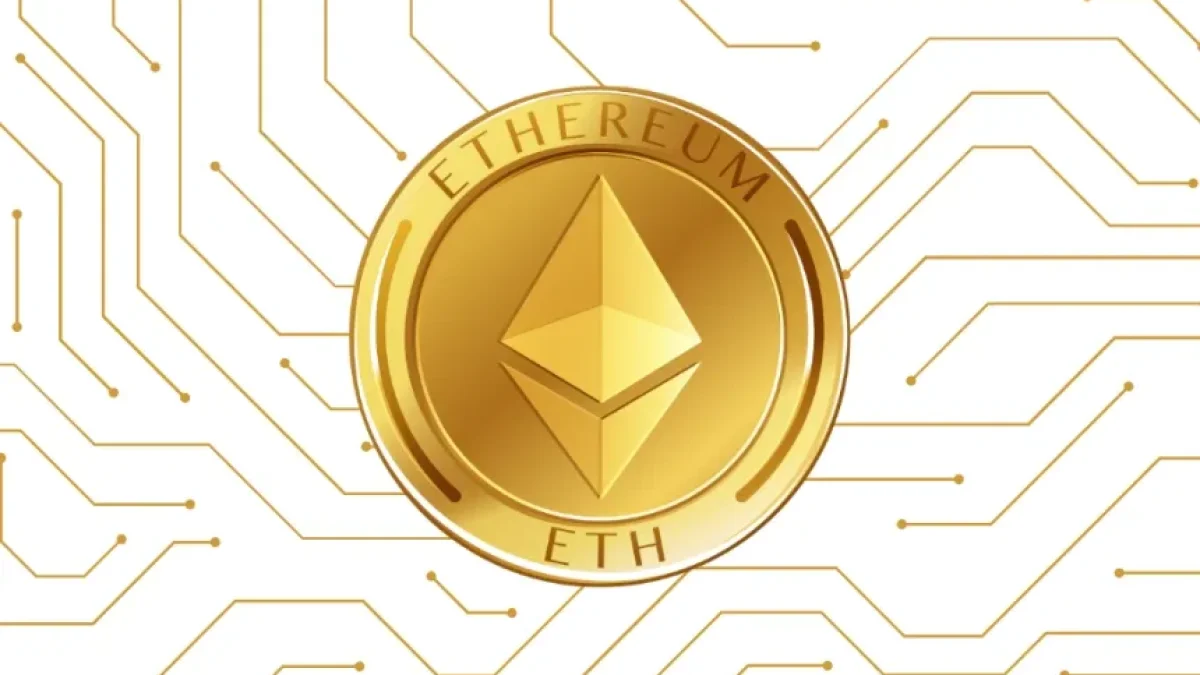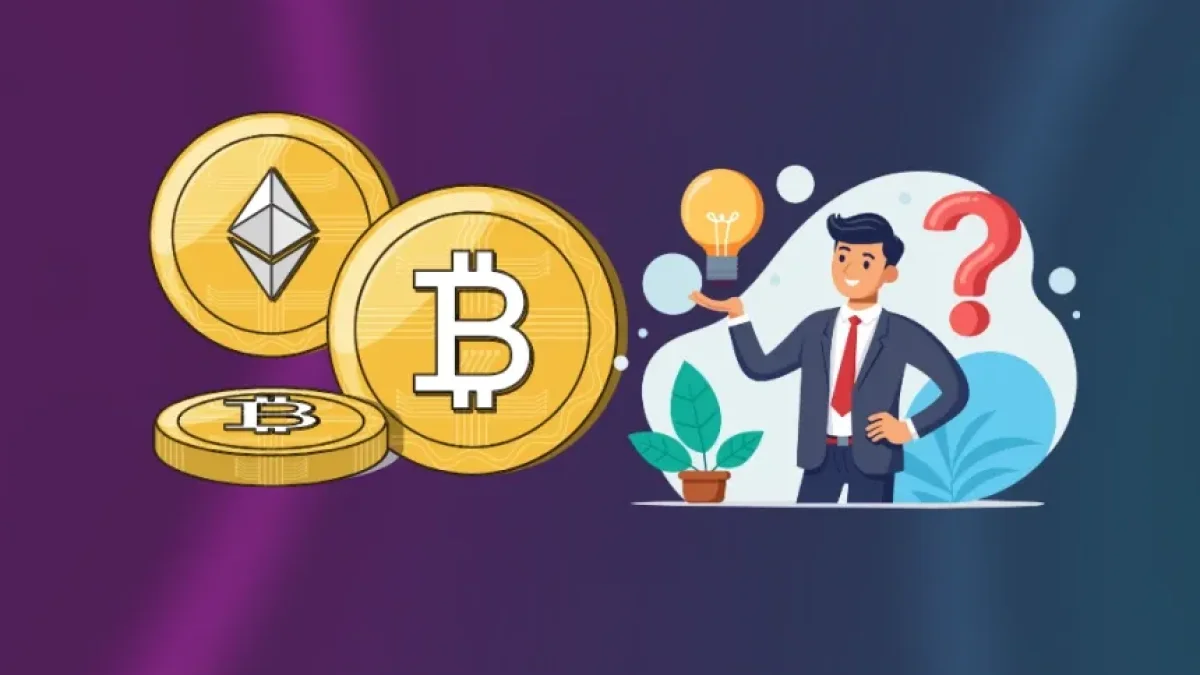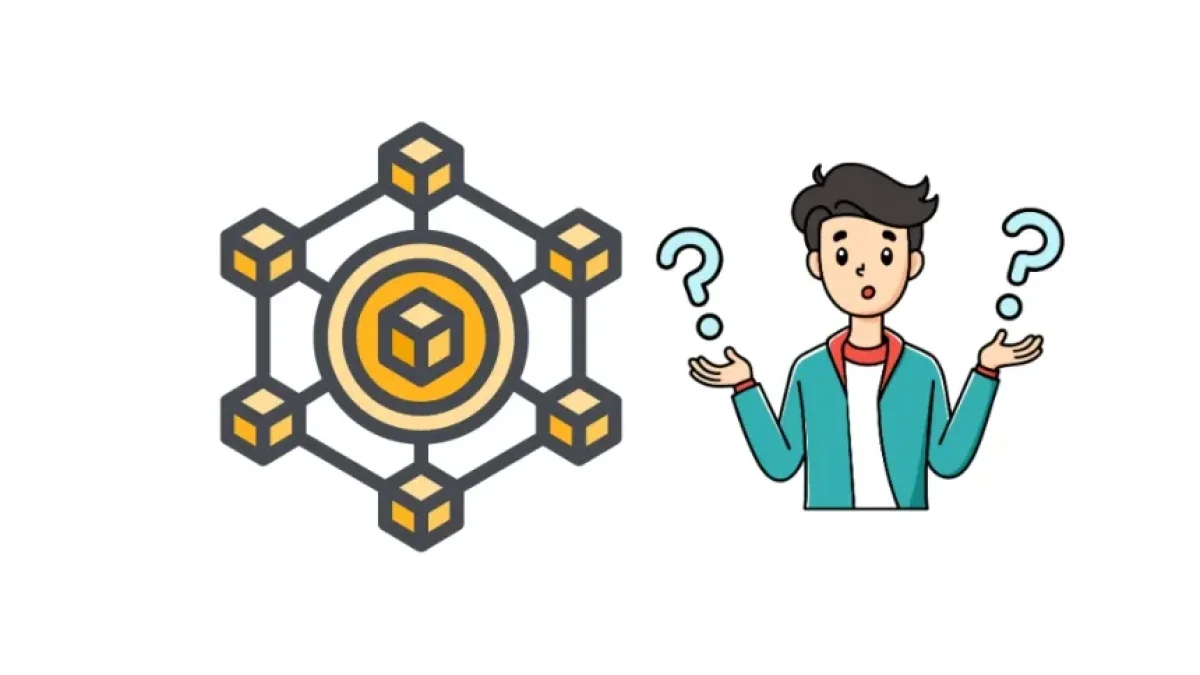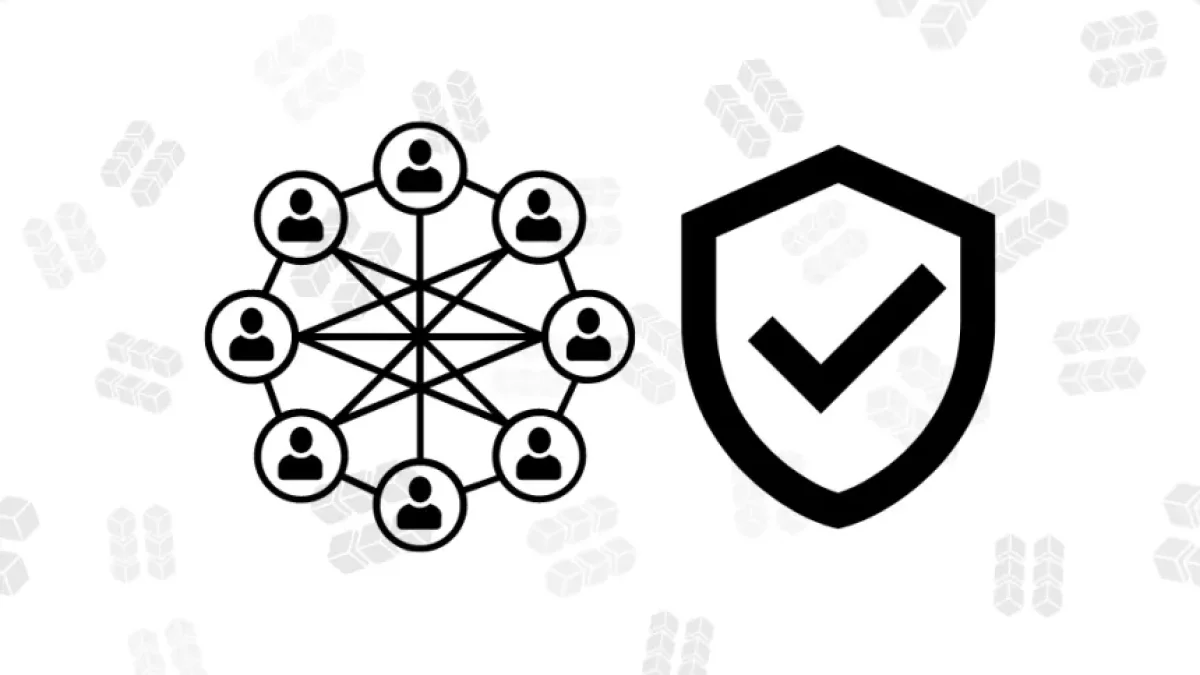What is Ethereum and its ecosystem?


Ethereum is an open-source platform that uses blockchain technology to facilitate the creation of smart contracts and decentralized applications (dApps). Since its launch in 2015, Ethereum has revolutionized the world of cryptocurrencies and has driven innovation across multiple sectors. In this article, we will explore what Ethereum is, how it works, and the various components that make up its ecosystem.
An Overview of Ethereum
Ethereum was proposed by Vitalik Buterin in 2013 and launched in July 2015. Unlike Bitcoin, which primarily focuses on the transfer of value, Ethereum allows developers to create applications and contracts that can execute automatically on its network. This has led Ethereum to become the second-largest cryptocurrency in the world by market capitalization.
Why Choose Ethereum?
Ethereum has captured the attention of many developers and companies for several reasons:
- Flexibility: It allows for the creation of a wide variety of applications, from social networks to games and voting systems.
- Active community: With one of the largest communities in the cryptocurrency space, developers have access to a rich knowledge base and resources.
- Constant innovation: Ethereum is continuously evolving, with implementations and improvements aimed at addressing issues such as scalability and security.
How Does Ethereum Work?
Ethereum uses a decentralized network of nodes that validate transactions and maintain the integrity of the system. Its operation is based on several key components:
Read also
Ethereum's Blockchain
The Ethereum blockchain is a digital ledger that records all transactions made on the network. Unlike the Bitcoin blockchain, the Ethereum blockchain can store more complex data through smart contracts.
Smart Contracts
Smart contracts are programs that execute automatically when certain predefined conditions are met. They are written in Solidity, Ethereum's own programming language. Some of their features include:
- Autonomy: They operate without the need for intermediaries.
- Transparency: All parties can see the conditions and outcomes of the contract.
- Immutability: Once deployed, contracts cannot be altered.
Ether (ETH)
Ether is the native cryptocurrency of the Ethereum network. It is used to pay transaction fees and execute smart contracts. Additionally, ETH is an asset that can be traded on cryptocurrency markets.
Read also
The Ethereum Ecosystem
Ethereum is not just a cryptocurrency; its ecosystem is made up of a range of elements that work together to provide multiple functions and uses. Below are some of the most relevant components:
Decentralized Applications (dApps)
dApps are applications that operate on the Ethereum network and are not controlled by a central entity. These can include:
- Decentralized Finance (DeFi): Platforms offering financial services without intermediaries, such as lending and trading.
- Games: Games that utilize blockchain technology to allow players to buy, sell, and exchange assets securely.
- NFTs: Non-Fungible Tokens that represent ownership of unique digital assets, such as art, music, and videos.
Ethereum 2.0
Ethereum 2.0 is a series of upgrades aimed at improving the scalability, security, and sustainability of the Ethereum network. Some of its highlights include:
- Proof of Stake (PoS): Unlike the Proof of Work (PoW) mechanism, PoS allows validators to be chosen to create new blocks based on the amount of ETH they hold and are willing to “stake”.
- Shard Chains: A shard chain system will be introduced to split the workload among multiple chains, thereby improving efficiency.
Mining and Validators
In the Proof of Work system, miners compete to solve mathematical problems and validate transactions. However, with the transition to Ethereum 2.0 and the Proof of Stake model, validators will replace miners. Validators will be responsible for validating transactions and creating blocks, and their rewards will depend on the amount of ETH they are willing to lock up in the system.
Conclusion
Ethereum has redefined the concept of blockchain, providing the necessary tools for the creation of smart contracts and dApps. Its ecosystem is vast and constantly evolving, making it an attractive space for both developers and companies. With the arrival of Ethereum 2.0, the platform is expected to continue improving in terms of scalability and efficiency, further solidifying its position in the world of cryptocurrencies.
If you want to learn more about Ethereum and how it can impact the future of technology and finance, feel free to keep researching and learning!



















